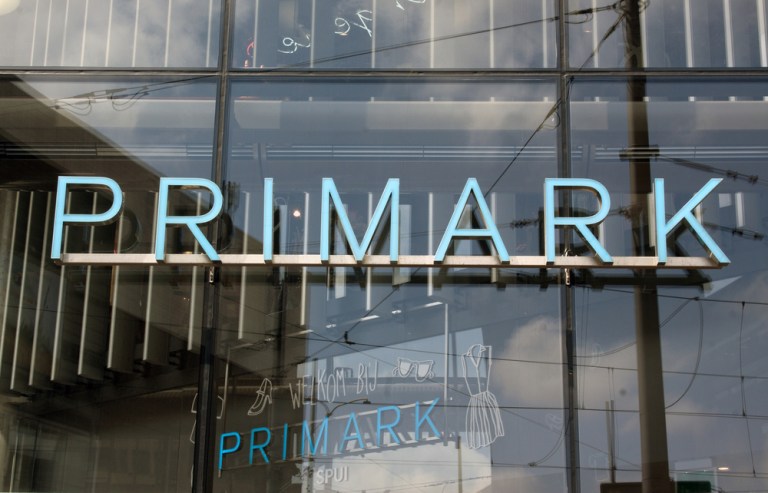
Over the past several years, disruptive technologies have been the cause of various shakeups in a static retail industry. However, it doesn’t take a new shopping app or innovative in-store beacon system to pull the rug out from under some of the clothing retail sector’s longest-standing companies.
In some cases, an aggressive pricing strategy like the one practiced by Irish fast-fashion retailer Primark can be enough to make competitors shake in their haute couture boots. Long known to European shoppers as a place to find affordable yet stylish additions to their wardrobes, Primark opened its first U.S. location in Boston on Sept. 10, just down the street from new rivals like H&M. And while it might be months before Primark can claim a firm foothold in the U.S. clothing market, some analysts are already predicting that the newcomer’s low-price retail strategy could spell success for them – and losses for others.
“We view Primark as a new threat to department stores (Macy’s), mothers shopping for family (Kohl’s, Old Navy), and teen retailers given prices and full teen collections,” explained Oliver Chen, a retail analyst at Cowen & Co., recently told investors, according to CNBC. “Aggressive bra and sleepwear prices and children’s key items may also impact L Brands and children’s retailers (Ascena Retail Group and others).”
The main point in question is how Primark’s prices are drastically lower than any other U.S. competitor in the fast-fashion market. While H&M may be the closest to approach Primark’s products in terms of style, the Irish chain offers lower prices by about 40 percent, according to a Sanford Bernstein analysis. And while Old Navy and Forever 21 may only share overlapping consumer segments with Primark, their prices are still on average 30 percent and 20 percent higher, respectively.
Stacey Widlitz, president of SW Retail Advisors, also told CNBC that American Eagle, Aeropostale and Abercrombie & Fitch should all be paying attention to how consumers react to Primark’s pricing structure.
“While many investors believe Primark is mostly for young people (18 to 35), the stores have a much broader representation,” Widlitz said. “On any given weekend, the store is swamped with families stocking up on basics, fashion and home.”
How is Primark able to undercut some of the most affordable U.S. retailers by dozens of percentage points? To hear the company itself explain it, Primark’s low prices can be chalked up to their avoidance of several elements other retailers spend on relentlessly. First, Primark offers no eCommerce options. While this might drive some customers away, Primark claims it reduces costs that would otherwise be passed onto the consumer. Primark also practices some old-fashioned methods of cost reduction in retail, such as bulk ordering from suppliers and inventory management to reduce overhead.
In a 2014 interview with the Daily Mail, Stephen Springham, a senior retail analyst at Planet Retail, explained how this obedience to tried-and-true methods cost reduction has closed some doors to eCommerce for Primark.
“It’s all about volume, volume and volume and there’s little place for eCommerce in this model,” Springham said. “But it means that the stores must be compelling, which Primark stores are, and have rapid stock-turn, which Primark does.”
In a retail environment where eCommerce seems to be the future for both consumers and merchants, Primark’s different way of doing business may seem like a breath of fresh air to customers, and the low prices are sure to attract shoppers in Boston as well as several other cities across the U.S. as the chain expands throughout 2016. However, if the winning pricing model comes at the expense of the company’s eCommerce operations, it might only be a matter of time before Primark finds itself stuck between a clothes rack and a hard place.